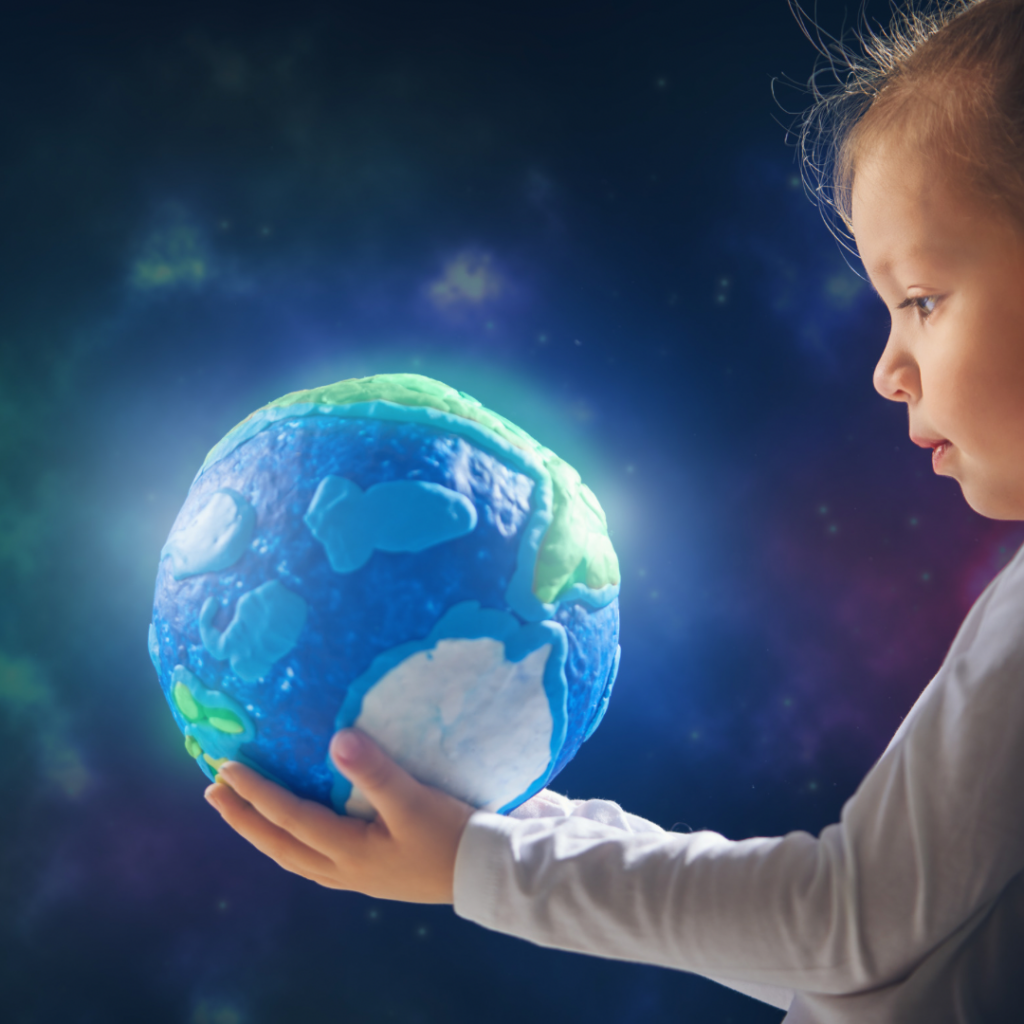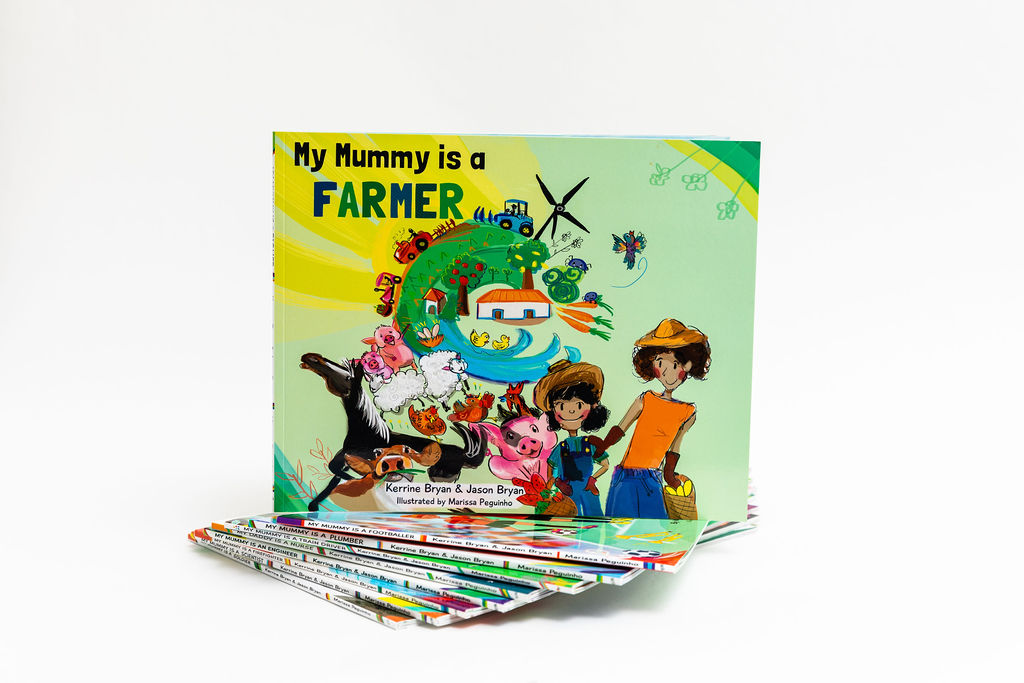Inspiring children to take action against climate change


What kind of world will our children inherit? If projections are correct, they can expect a markedly warmer planet with frequent extreme weather conditions and a more acidic ocean. The implications of climate change on quality of life are expected to be profound. Species extinction, crop failure, famine – never has a more frightening picture been painted. It’s no wonder why not enough has been done to curtail our path towards an almost certain climate catastrophe. We’ve retreated into a typical human defence against these fearful doomsday ruminations: denial.
As adults though, living in the present, we are anchored to the future whether we like it or not. The next generation can’t afford to be despondent in the face of fear. It is now the job of all adults – whether they be parents, teachers, mentors, employers or other roles models – to raise children to become the doers, activists and world-changers we need in order to find the solutions for this unfolding humanitarian problem. A can-do mindset is everything. It is from this platform of belief that possibilities are born.
So how do we tell our children about the possible life they might live on a planet irreparably damaged by the activities of generations before them, that gives them a vital sense of empowerment and hope?
A ramble in the woods, a bike ride through the park, finding and collecting bugs in observation jars, playing games in the great outdoors, bird watching, forest bathing amongst green and birdsong – these are simple and free pleasures that feed the mind and soul. Behavioural change comes about from a visceral response to something which shakes us to our core and endures in our minds. Fear can do that but beauty can too; the latter is more powerful because it fosters a more inclusive mindset whereas the former makes us think only about survival for the individual self. Part of the issue with tackling carbon footprint is that not enough of us are personally invested in the plight to make interventions truly effective. To tackle climate change sustainably requires personal investment from the collective masses.
Earth Day (22 April) is a great way of engaging with children on environmental issues and reading books with eco-friendly themes can help them to foster a love of nature, encourage empathy and respect for the environment and also inspire children to take action to protect the planet. The Giving Tree by Shel Silverstein, The Lorax by Dr. Seuss, and The Water Princess by Susan Verde are some of our favourites. In our own Butterfly Books series, our illustrator, Marissa Peguino, adds things like wind turbines and solar panels into the landscapes of our story settings to make these eco cues on renewable energy something that is normalised.

Children can also feel empowered by doing simple things in their daily lives to reduce carbon footprint, such as turning off the lights and unplugging electronics when not in use. Community projects like participating in a neighbourhood clean-up and planting trees can also help them understand the collective responsibility we all have to respect the environment in which we live; to feel motivated by the fact that their actions can have a real and meaningful impact that makes a positive difference. My own 6-year-old daughter has been appealing to me for weeks to get involved in picking up rubbish from our local streets and beach so that “we can save the planet”.
Galvanising children to take a positive approach to climate change comes first from raising self-awareness and then instilling in them a self-belief that they can do something about it. Hope can override the paralysing effects of fear that is arresting progress now.